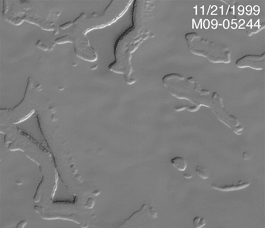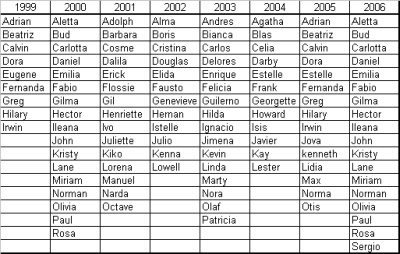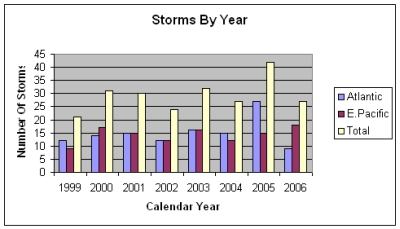 Have the environmentalistas told Marvin the Martian to stop flying his gas guzzling spacecraft yet? Because the past 3 Mars years the polar caps on Mars have been shrinking!!!
Have the environmentalistas told Marvin the Martian to stop flying his gas guzzling spacecraft yet? Because the past 3 Mars years the polar caps on Mars have been shrinking!!!
Considering there is no life on mars to help warm the planet, this evidence points directly to something on a larger scale warming planets in our solar system. Scientists, for years, have speculated that solar flares affect the temperatures of the planets and this type of evidence provides a pretty good indication that they are right.
The image below is an animation of two images exactly 3 Martian years apart and was taken by the Malin Space Science System satellite currently in orbit around the red planet.

Note to those inspecting the dates in the two photos. The typical Mars Year is about 669 days so when you take three Mars years it throws the Earth date out by about 6 months (or about 180 days).
The south polar residual cap of Mars is composed of layered, frozen carbon dioxide. In 1999, the Mars Global Surveyor (MGS) Mars Orbiter Camera (MOC) showed that the carbon dioxide layers have been eroded to form a variety of circular pits, arcuate scarps, troughs, buttes, and mesas. In 2001, MOC images designed to provide repeated views of the areas imaged in 1999–with the hope of creating stereo (3-D) images, so that the height of scarps and depth of pits could be measured–showed that the scarps had retreated, pits enlarged, and buttes and mesas shrank. Only carbon dioxide is volatile enough in the martian environment to have caused such dramatic changes–the scarps were seen to retreat at an average rate of 3 meters (about 3 yards) per Mars year. Most of the scarp retreat occurs during the southern summer season; in some areas the scarps move as much as 8 meters, in others, only 1 meter per Mars year.
Three Mars years have now elapsed since MOC first surveyed the south polar cap in 1999. Over the past several months, MGS MOC has been re-imaging areas that were seen in 1999, 2001, and 2003, to develop a detailed look at how the landscape has been changing. This animated GIF provides an example of the dramatic changes that have occurred during the past three martian years. The first image, a sub-frame of M09-05244, was acquired on 21 November 1999. The second image, a sub-frame of S06-00973, was obtained on 11 May 2005. The animation shows the changes that have occurred between 1999 and 2005. Each summer, the cap has lost more carbon dioxide. This may mean that the carbon dioxide content of the martian atmosphere has been increasing, bit by very tiny little bit, each of the years that MGS has been orbiting the red planet. These observations also imply that there was once a time, in the not-too-distant past (because there are no impact craters on the polar cap), when the atmosphere was somewhat thinner and colder, to permit the layers of carbon dioxide to form in the first place. Just as Earth’s environment is very different today than it was just 11,000 or so years ago, the martian environment has also been changing on a similar time scale.
I bet they find a way to blame Rona Ambrose for this.












 But they will keep plugging it.
But they will keep plugging it.